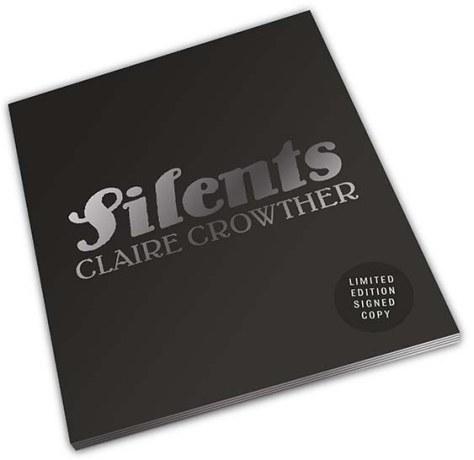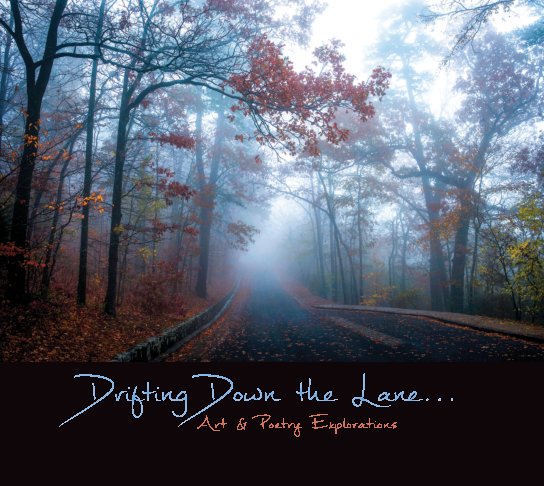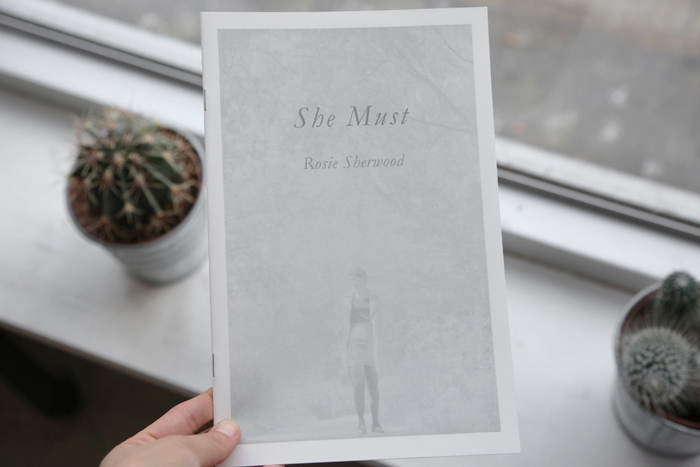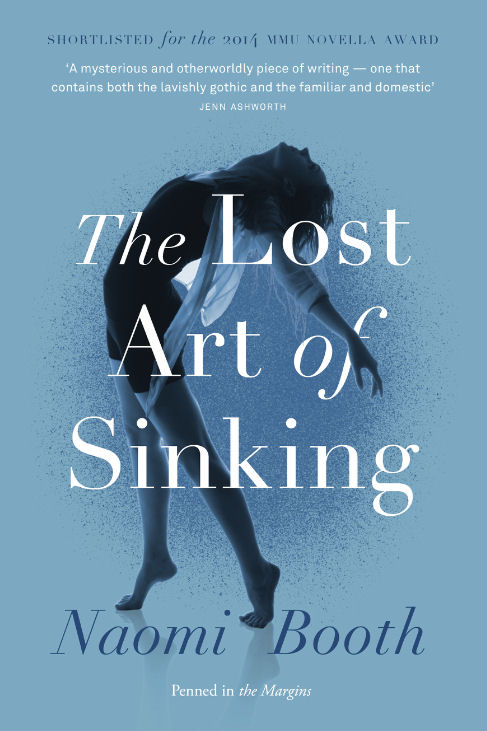Silents by Claire Crowther
– Reviewed by Bethany W Pope –
Claire Crowther’s Silents is a near-perfectly executed conceptual piece focused on recapturing the feel and poetry of silent film. The palm-sized pamphlet is designed to be reminiscent of a movie-magazine, and that design is effective, though once you see past the stark black and white colour scheme you realize that it resembles a modern academic text more than a period pulp. Structurally, it begins with an essay by the poet in white-on-black, that focuses on why she chose to write responses to stills from films. She says: ‘I need to feel that the subject of my poem – there is always a subject – can’t speak without me. I find something particularly haunting and vulnerable about those silent mouths.’ She goes on to say that she chose to write these poems in syllabics because they capture a sense that Sergie Eisenstein referred to as ‘metric montage’ which is something that, ‘though unrecognized … nevertheless indispensable for the ‘organization’ of the sensual impression.’ These syllabic patterns vary from poem to poem, and appear to complete patterns of her own design.
Crowther’s essay is followed by one (printed in black in on a white background) written by Kevin Jackson. In it he cites the cinematic precedence for an overlap of poetry and film. Paraphrasing Eisenstein, he writes that film-makers should study Milton because in those pages, ‘you can find a copious kit of creative tools that anticipated the language of cinema by two and a half centuries – establishing shots, cross-cutting, and even the change of camera position’. This essay is followed by a stark black page with an intertitle from an unidentified silent film – the image of a cut-out 1920’s audience gazing in wonder at a stylized meadow that is being projected onto a screen, beneath the words, ‘Edison Photo Play’.
What follows are a series of photographs taken both from behind the scenes of the 1920’s industry and excised as stills from the films themselves. The first image is a man in period garb peering through a roll of film; presumably editing it. This image was taken from an Edison Films promotional poster and it is accompanied by the poem, ‘The Inflammatory Properties of Celluloid’. This poem is formed of stuttering, two-line stanzas ruminating on the transient nature of the art:
If I were dead as all these stars are, in the warm dark,
velvet-lined, I’d mind
an audience peering into my mouth to see what
silence makes of words.
I said that this pamphlet is nearly perfect as a conceptual piece, and I believe that to be true. Every part is thought out, every piece fits, but the pieces definitely work better as a whole. Once you start looking at the poems as individual entities, they begin to fall apart. Take the lines above. Crowther has found a form, and stuck to it. She wanted to capture the flickering quality of film sliding through a hand-cranked projector, so she wrote mainly couplets of 13 and 5 syllables, with two (I think purposeful) hiccoughs in the centre of the poem consisting of one 14 and one 12 syllable line. The problem is that in order to capture this sensation she sacrificed creating a clear line. That ‘are’ in the first line I quoted is a bit of a stumbling block. It’s a small thing, but it is a bit rough to find in the first poem of the book.
Other poems, like ‘The Song of the Stretching Tree’ (16, 4-syllable lines) are much tighter. Accompanied by the image of Marcel Duchamp cradling a white-dressed woman who might be sleeping, the poem details the roaring-twenties architype of ‘the vamp’, or vampyric predatory woman:
while food ran past
he stood still, full
of her intent
to chap his blood
to ice as dry
as wet could be.
Some of the poems are not even ‘poems’ in the traditional sense. This is ‘The General or The Achievement of Kisses: a silent sonnet for Buster Keaton’:
x”
“
˗ !
‘ ’
xxxxxx x x x :)
Following the poems, there is a section titled ‘Notes’ which gives a brief glossary of terms which the poet uses that the audience might be unfamiliar with. Next there is a section titled ‘Images’ which cites the sources for the stills which appear between poems which Crowther presents along with her reasons for writing the poems, and an explanation for what each poem is trying to do. Personally, I disapprove of explanations of this kind. Poetry is, in one way, a bit like comedy: if you have to explain the joke, it doesn’t work. Fortunately, most of these explanations are unnecessary. Finally, the reader is presented with two page-long sections titled ‘Films’ and ‘Stars’. The first provides a full list of citations for every film mentioned. The second is a list of names of people who have sponsored the author along with the usual acknowledgements.
Ultimately, this pamphlet is less a poetry collection than a piece of visual art. As such, it works wonderfully. If you are looking for a way to deepen your understanding of the intersection between silent film and the written word, it is a terrific place to start. If you are seeking out more traditional ekphrastic poetry, you will probably be disappointed.





